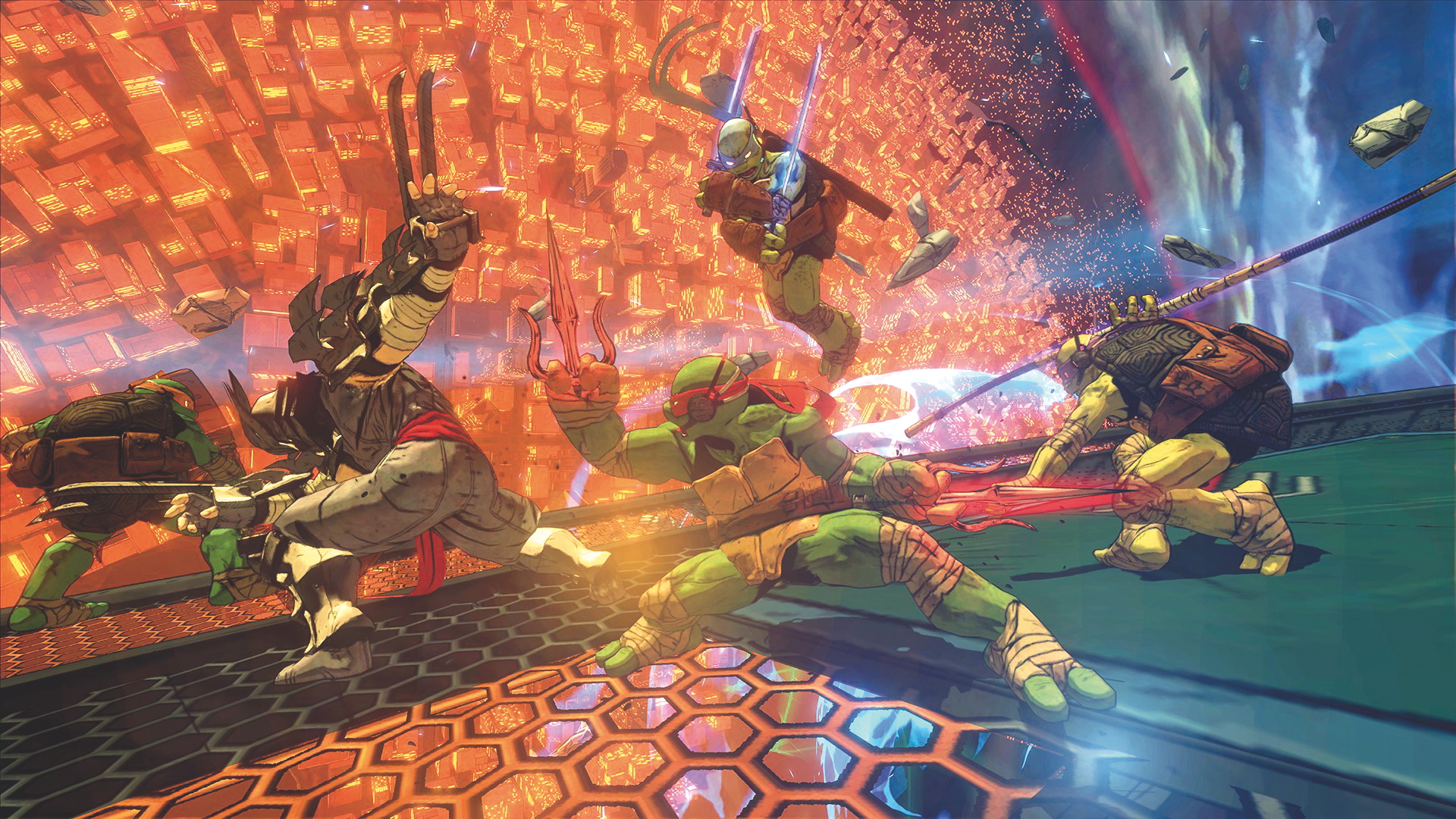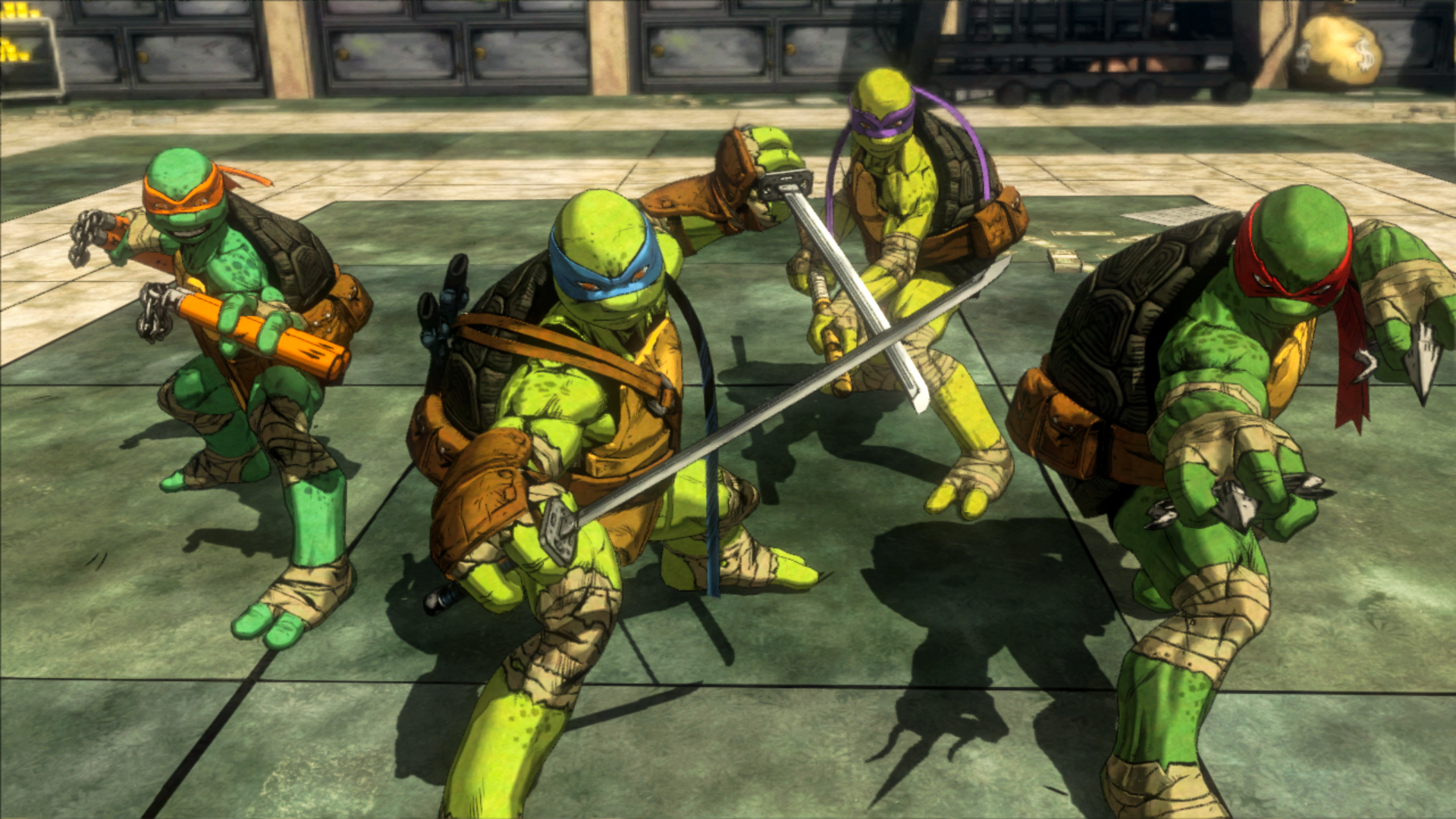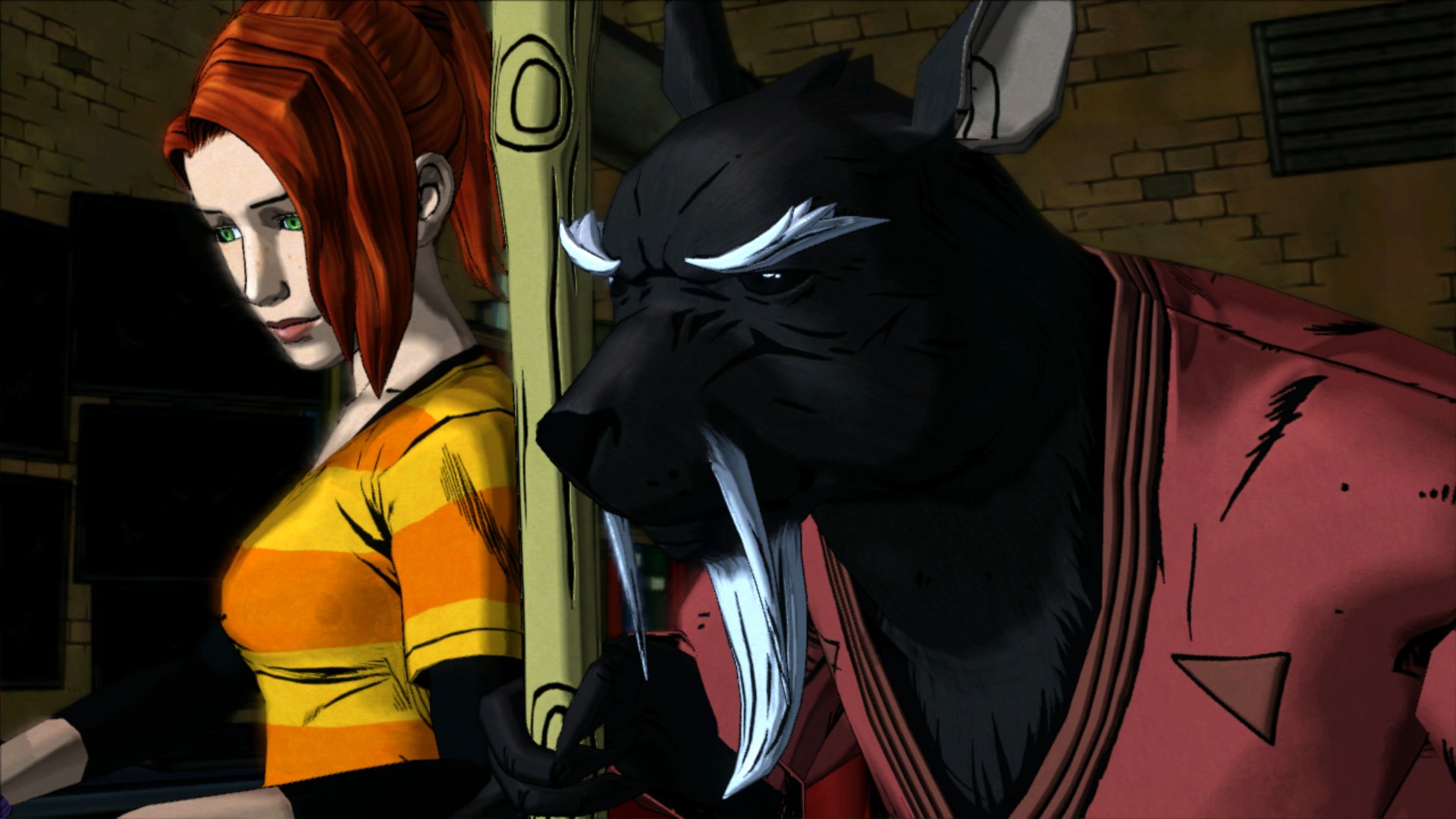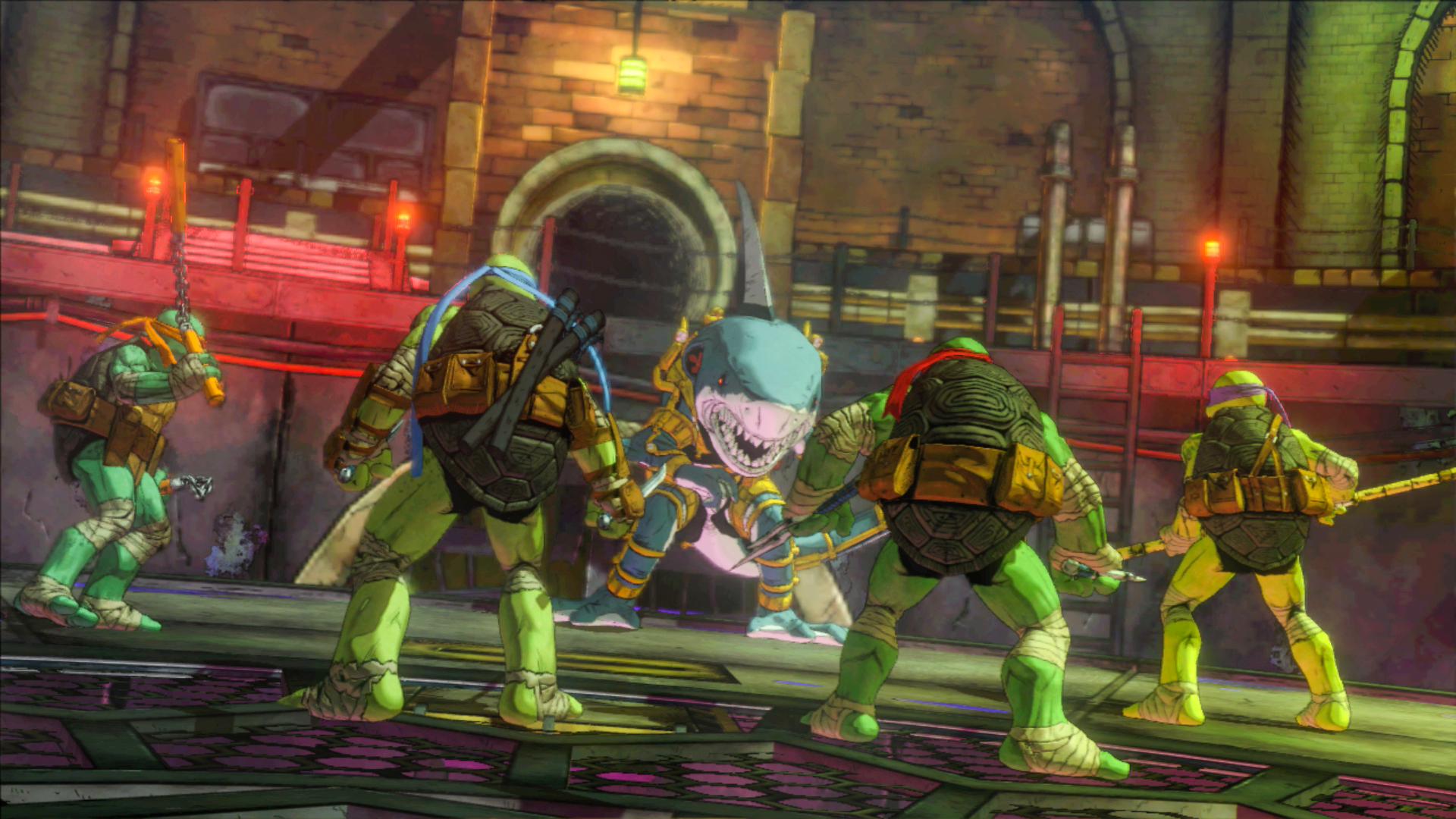Why Platinum’s Teenage Mutant Ninja Turtles re-imagines arcade brawling, and hides many secrets

Platinum’s take on Teenage Mutant Ninja Turtles is on track to be one of 2016’s underrated gems, which might be down to its unusual concept and its perceived simplicity. There have been many Turtles games over the years, but in a lot of people’s minds Konami’s 1989 arcade game Teenage Mutant Ninja Turtles is the high point. Mutants in Manhattan chooses to pay tribute to that classic and re-imagine some of its design principles for 2016.
Core to the idea is replay – people would play the opening stages of arcade brawlers again and again. MiM gives this a twist with selectable stages and randomised objectives – as well as rare loot – then sticks a cherry on top: unlockable secret bosses. The goal isn’t to ‘complete’ TMNT: MiM by running through the stages but to exhaust it, gradually levelling up all of the Turtles’ abilities and charms (think perks) as you go. The more you play, the more appears.

But the design’s influence goes deeper. With four players, MiM isn’t really a difficult game because, while enemies hit hard and the Turtles are shellshocked easily, the revive mechanic is forgiving and a knockout takes you to the ‘pizza room’ – a tribute to the arcade ‘Insert coin!’ message where, rather than fumbling in a pocket for loose change, you mash buttons to eat and respawn.
There are two sides to MiM‘s character: a precise action brawler with a high skill ceiling and a co-op knockabout with (nearly) infinite credits. Some coin-op sensibilities flow neatly into Platinum’s specialities – in the 1989 brawler, each turtle had a special move executed by pressing jump and attack together. Here, that combo triggers a Quick Launcher, sending enemies skywards, and there are other combos to find, too. Many of the Turtles’ characteristics also persist: Donatello’s bo is slow but has range, Mikey is quick and Leo is balanced.

There are other ‘hidden’ mechanics that make a difference as you get better. A simple one is Turtle Burst, which boosts damage when the Turtles are close together. Fight as a close-knit group and the Turtles’ weapons begin to glow and enemies start going down faster.
Such things are important when you reach the bosses, which have huge health pools and go through increasingly difficult phases – marked by the character model flashing red (classic arcade shorthand for ‘really pissed’). These fights seem a slog when your team starts out, but combo-ing ninjutsu abilities can slice through bosses’ health – and there are bread-and- butter follow-ups, like exhausting all four Turtles’ ninjutsu at once then using Mikey’s Cheerleader ability to reset the team’s cooldowns.

There’s more depth in replaying and hunting secret bosses (racking up the S-ranks and ramping up the difficulty increases your chances). Yet this is, at its core, a simple game. Enemies are colour-coded foot soldiers, levels are dotted with explosive barrels, health is topped up with pizza, and mashing the attack button will get you far.
Sign up to the GamesRadar+ Newsletter
Weekly digests, tales from the communities you love, and more
If MiM had hidden fewer of its best ideas it might have found a bigger audience. That said, I still recall my third fight against Rocksteady – Bebop burst in halfway through, suddenly setting up the classic goon duo versus the four Turtles. The fight was a barnstormer – one of the game’s best – and that element of it being a surprise cameo made it feel special. Who would trade that away?

Mutants in Manhattan doesn’t just re-imagine an arcade classic but, at its best, captures a bit of the ‘toon’s formula too: the Turtles take out a load of goons then face-off against the villain of the week; they take a bit of a beating then Shredder turns up. Turtle Power inevitably saves the day.
It’s simple stuff but the real world, of course, rarely delivers justice so neatly. MiM is anything but the simple, formula game it has been painted as. It’s a little sad that, after we waited 30 years for another great Turtles game, people had maybe moved on by the time it turned up.
This article originally appeared in Xbox: The Official Magazine. For more great Xbox coverage, you can subscribe here.
Richard is an experienced games journalist with over 15 years of experience. Currently the News Editor at PC Gamer, he has also written for Edge Magazine, Ars Technica, Eurogamer, GamesRadar+, Gamespot, the Guardian, IGN, the New Statesman, Polygon, and Vice. He was also the editor of Kotaku UK once upon a time. He also wrote the Brief History of Video Games, a full history of the medium.


